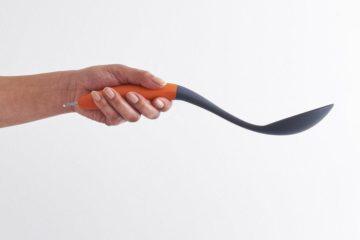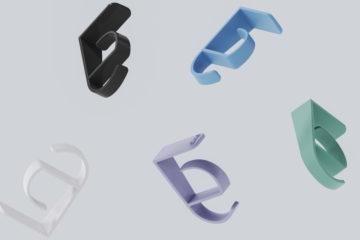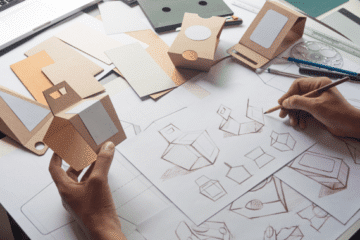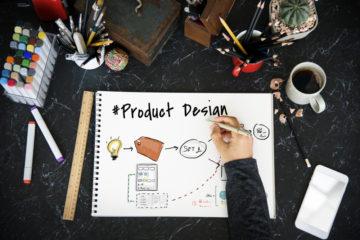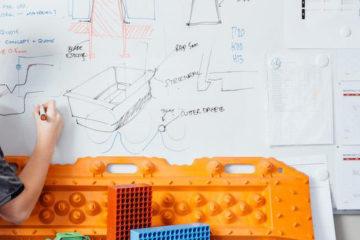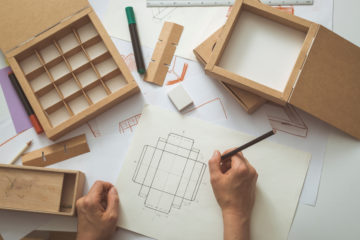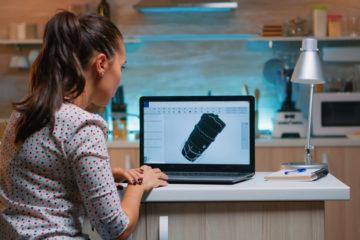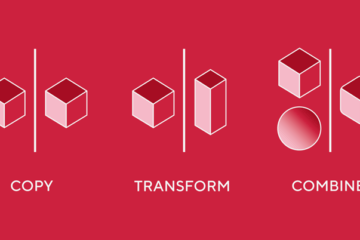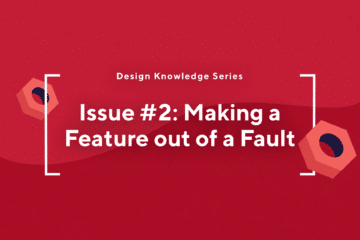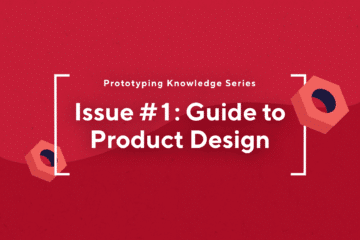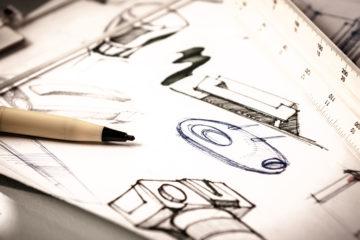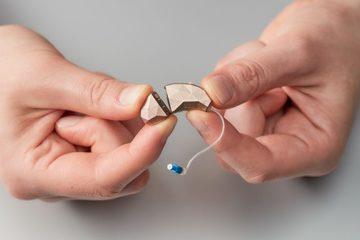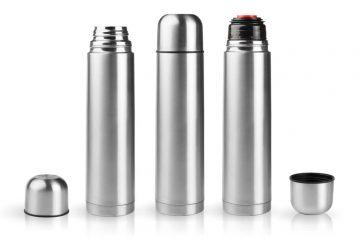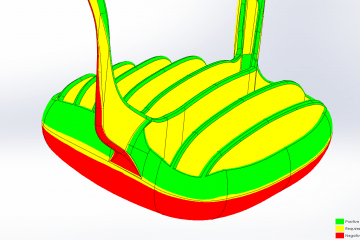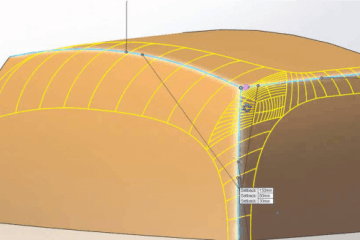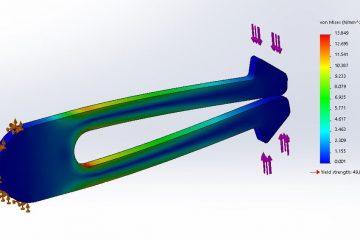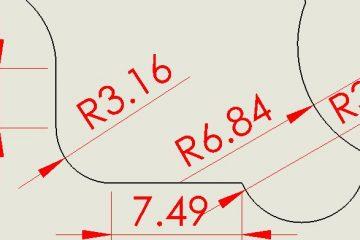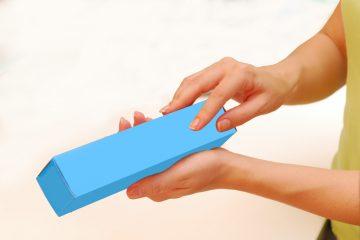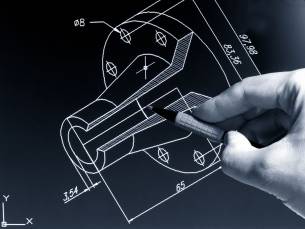Author: Mark Serisier

Good design is only achievable if you have a comprehensive understanding of what is achievable and what isn’t in the processes that you are using.
In this blog, we talk about what is needed for good design & how to embrace issues & problems that will arise in plastic part design.
There are many issues that can happen to your product during its creation into a plastic part in an injection mould. Unless you have a full knowledge backed by many years of experience working in the injection moulding industry, you will struggle as a designer to achieve an optimal design for a plastic injection moulded part.
Many issues will arise like sinking, distortion, parts not fitting perfectly & flow issues, then you have the efficiency of how well the part runs and how much it cost to run. If you don’t have extensive experience in tooling and injection moulding you will have no chance of building a cost efficient part or one that can be produced without cosmetic issues.
If you understand how a product will sink, where it will distort and how parts that meet will have an issue, you can embrace this and make a “feature out of a fault”.
I first learned this trick when I was a teenager and lived on the coast. My Mates and I surfed and were poor, and boards were expensive…
One of my mates had saved for months to buy a new custom clear board. When he was finally able to get it he was obviously excited to get the board out in the surf. Unfortunately for him only the second time he took it out he snapped the nose off it. It’s shattered him so much he almost cried…

Luckily, we had a mate who was a bit clever, he took the board and a week later returned with it fixed. Now at the time when he told us it was fixed, we all thought it would still show the break line as it was a clear glass job on the board, and no matter how good you are with a glass repair it will always show the break. He brought it in and we were all blown away, he had coloured the tip of the nose that had broken in blood red and cut in on an angle like a lightning bolt. It looked unreal and made the board look better than it had originally looked. From then on every time he was on the beach, people would always compliment my mate on his board and ask where he got it from.
I learnt to do the same in plastic part design, where I knew a part would or could have a slight sink I would put a feature grove, a rib or a text pattern. You shouldn’t hope the customer might not see the fault, instead highlight it and draw their eye to it as a feature they will love you for it.
If 2 parts are meeting together, you will always feel it if you keep the edges sharp as most designers would do. But If you step them in on the join for example, if you make a little stepped in grove running around where the 2 halves of a handle meet and radius these edges, it will look great and you also won’t feel any slight misalignment with the two halves. By butting two halves up together without doing this, you will feel it when you hold it. Your hands will pick up 0.1mm easily where your eyes might not.
Make a feature of the issue and you solve the problem before it becomes a problem and saves big money in tooling modifications at the same time.
Want more info? Head to our online Resource page and download the free White Paper “Guide to Product Design – Making Features from Faults”. It examines this topic in full detail.
Contact an expert:
At Dienamics, product design and development is at the heart of what we do. For expert advice about designing your new product and bringing your idea to life, Contact Us today!
Subscribe to Our Newsletter
Get the latest news from Dienamics into your inbox





